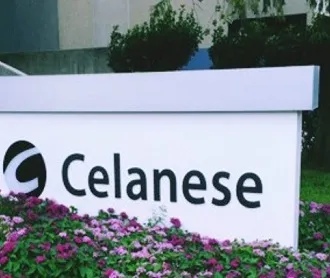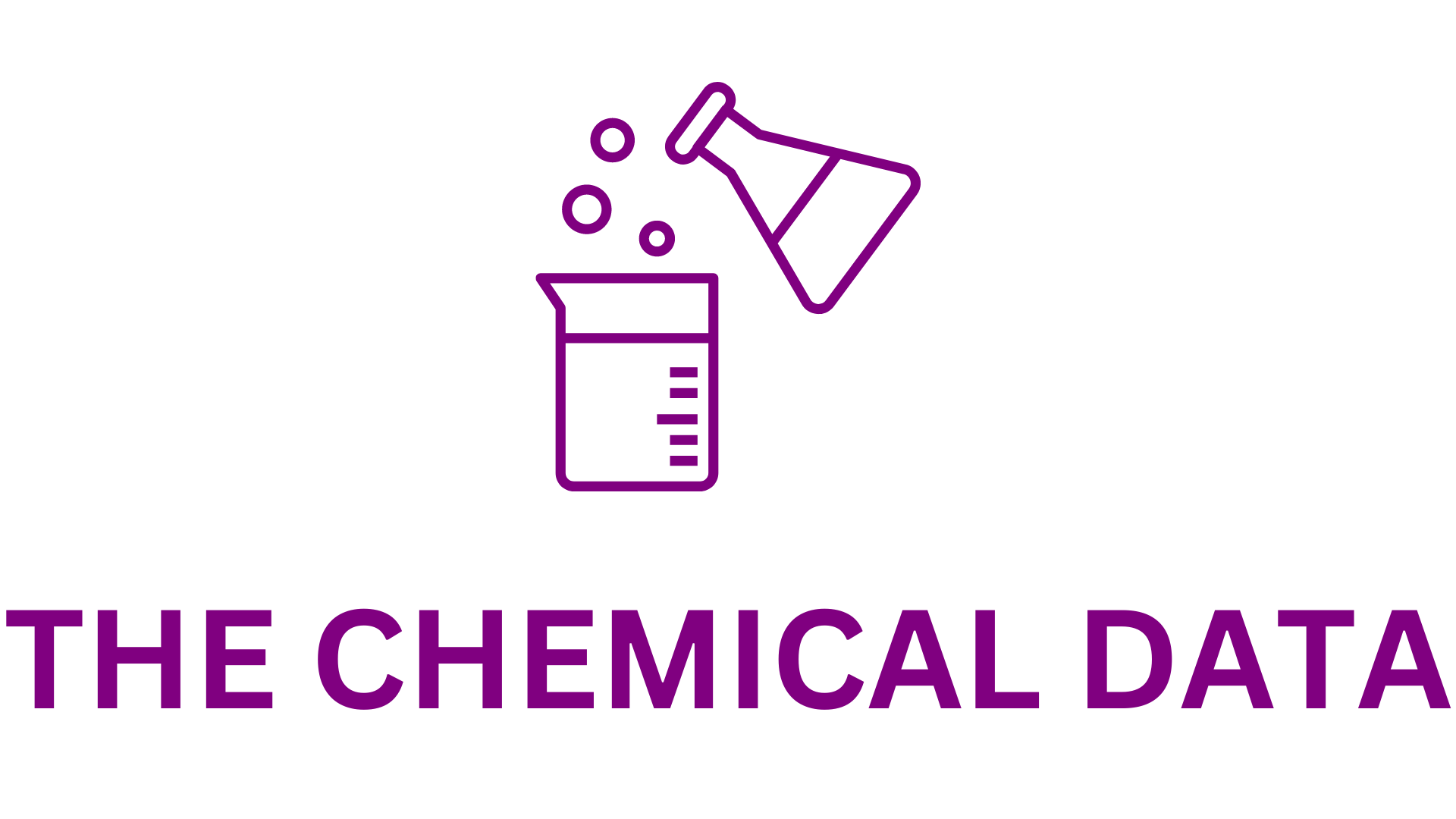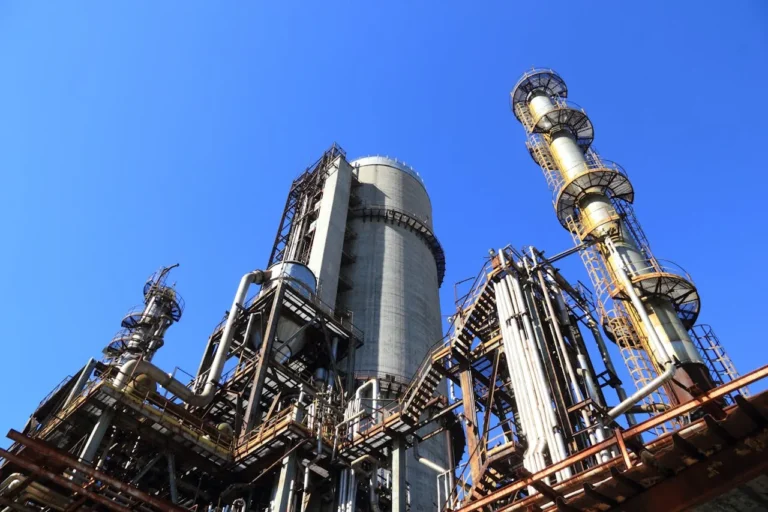
Bentley Mills Pioneers Sustainable Carpet Tile Manufacturing with Celanese’s Carbon-Capture-Based ECO-CC Binder
In a major leap forward for sustainable manufacturing in the commercial flooring industry, Bentley Mills, a leader in carpet tile design and production, has partnered with global specialty materials and chemical company Celanese Corporation to integrate a groundbreaking new binder into its manufacturing process. Bentley is now one of the first companies in the world to incorporate Celanese’s ECO-CC emulsion—a vinyl acetate ethylene (VAE) binder made from carbon capture and utilization (CCU)-based raw materials—into its carpet tile products.
This collaboration marks a significant step in the application of industrial carbon capture technologies to mainstream commercial products, and it signals a new era of innovation where high-performance building materials can also contribute meaningfully to climate change mitigation and circular economy goals.
A Carbon-Capture Breakthrough for Building Materials
Celanese’s ECO-CC binder is produced at its Clear Lake, Texas facility and is among the first emulsions manufactured using CCU-based feedstocks. Unlike traditional binders derived from virgin fossil fuels, ECO-CC incorporates raw materials made from captured carbon dioxide (CO₂)—a greenhouse gas that would otherwise be emitted into the atmosphere. Through the use of advanced chemical processes, Celanese is able to convert captured CO₂ into useful chemical intermediates that serve as building blocks for the ECO-CC emulsion.
This innovation not only provides a lower carbon footprint but also contributes to circularity in material sourcing—a principle growing increasingly important in sustainable architecture, construction, and interior design. The ECO-CC binder gives manufacturers a viable alternative to conventional binders, without compromising on product performance or manufacturing efficiency.
Seamless Integration into Bentley’s Production
Bentley began using ECO-CC in May 2025 as part of its ongoing commitment to sustainability and innovation. The transition to the new binder was achieved without disruption to its production processes, demonstrating both the material’s compatibility with Bentley’s manufacturing systems and the adaptability of sustainable solutions in real-world industrial applications.
“We were able to seamlessly integrate ECO-CC into our carpet tile manufacturing line,” said Jay Brown, President and COO of Bentley Mills. “This wasn’t just a swap of materials—it was a strategic shift in how we view the role of carbon in our supply chain. Instead of it being a liability, captured carbon becomes an asset—something we can turn into a high-quality product.”
Bentley’s product design philosophy emphasizes not only high-performance flooring with bold, design-forward aesthetics, but also a long-standing commitment to environmental responsibility. The inclusion of ECO-CC supports its mission to increase the use of recycled and renewable inputs while lowering its overall environmental impact.
Quantifying the Carbon Impact
Bentley estimates that by adopting ECO-CC, it will use approximately 750,000 pounds (around 340 metric tons) of captured carbon dioxide per year in its carpet tile manufacturing. That’s equivalent to the amount of CO₂ absorbed annually by nearly 6,000 mature trees, offering a powerful demonstration of how industrial innovation can mirror the functions of natural carbon sinks.
These measurable carbon benefits add to Bentley’s overall sustainability metrics and contribute to their customers’ ability to meet green building standards such as LEED, WELL, and Living Building Challenge requirements. The use of carbon-captured materials is becoming an increasingly attractive option for architects and designers aiming to reduce the embodied carbon of their buildings.
Certification and Industry Validation
Working in partnership with Celanese and independent certifiers, Bentley has also helped pave the way for broader adoption of CCU-based materials by securing official recognition of ECO-CC as a pre-consumer recycled content under NSF International’s rigorous certification standards. This third-party validation provides assurance to customers, specifiers, and sustainability auditors that ECO-CC qualifies as a certified input in recycled-content claims.
This achievement makes Bentley one of the first flooring manufacturers to successfully integrate a carbon-capture-derived material into a certified commercial product, setting a precedent for other companies to follow.
“Bringing ECO-CC into the market with Bentley is a milestone in sustainable innovation,” said Kevin Norfleet, Global Sustainability Director at Celanese. “It shows that carbon capture and utilization isn’t a distant, experimental technology—it’s here, it’s scalable, and it can be used in real-world applications that make a meaningful impact.”
A Shared Vision for Sustainable Manufacturing
For both companies, this collaboration represents more than just a product launch—it reflects a shared vision of reshaping industrial ecosystems for the better. Celanese’s investment in CCU technology and Bentley’s leadership in sustainable manufacturing demonstrate how corporate sustainability goals can translate into tangible innovations.
“Material innovation is one of the most important levers we have to reduce carbon emissions across the built environment,” said Norfleet. “The fact that Bentley has embraced this solution so early speaks volumes about their commitment to being part of that transformation.”
Bentley has long been at the forefront of environmental initiatives in the carpet and flooring industry. Its manufacturing facility in California operates with a Net-Zero Energy certification and relies on renewable electricity, closed-loop water systems, and other resource efficiency strategies. Incorporating ECO-CC aligns with Bentley’s broader strategy to push the boundaries of what sustainable design and manufacturing can look like in practice.
Paving the Way for Future Applications
Beyond carpet tile, the successful integration of ECO-CC into Bentley’s products opens the door for its potential use in a range of other adhesive and binder applications, including in paints, coatings, nonwovens, construction materials, and packaging.
The chemical and manufacturing sectors are actively seeking carbon-negative or carbon-neutral inputs that maintain high performance standards. ECO-CC provides a promising model for how such inputs can be scaled up, certified, and deployed commercially.
“As more manufacturers look for low-carbon alternatives to traditional petrochemical materials, innovations like ECO-CC offer an actionable pathway forward,” said Norfleet. “We believe this is just the beginning.”







